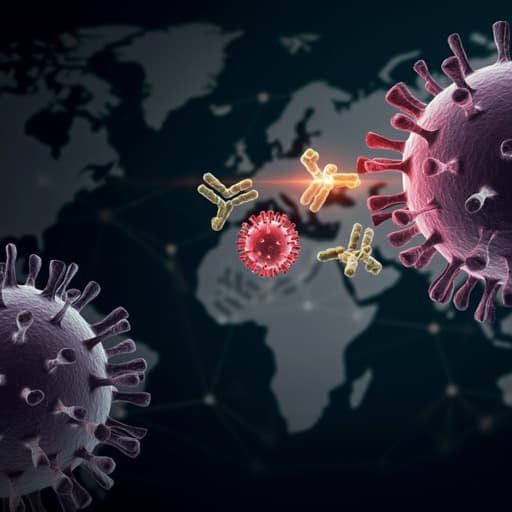
Medicine and Health
The role of the mass vaccination programme in combating the COVID-19 pandemic: An LSTM-based analysis of COVID-19 confirmed cases
S. Hansun, V. Charles, et al.
This groundbreaking study by Seng Hansun, Vincent Charles, and Tatiana Gherman reveals the significant positive impact of mass vaccination programs on COVID-19 case reductions. Utilizing LSTM networks, the research forecasts future cases in ten nations with high vaccination rates, showcasing its accuracy and importance in understanding the pandemic.
~3 min • Beginner • English
Related Publications
Explore these studies to deepen your understanding of the subject.







